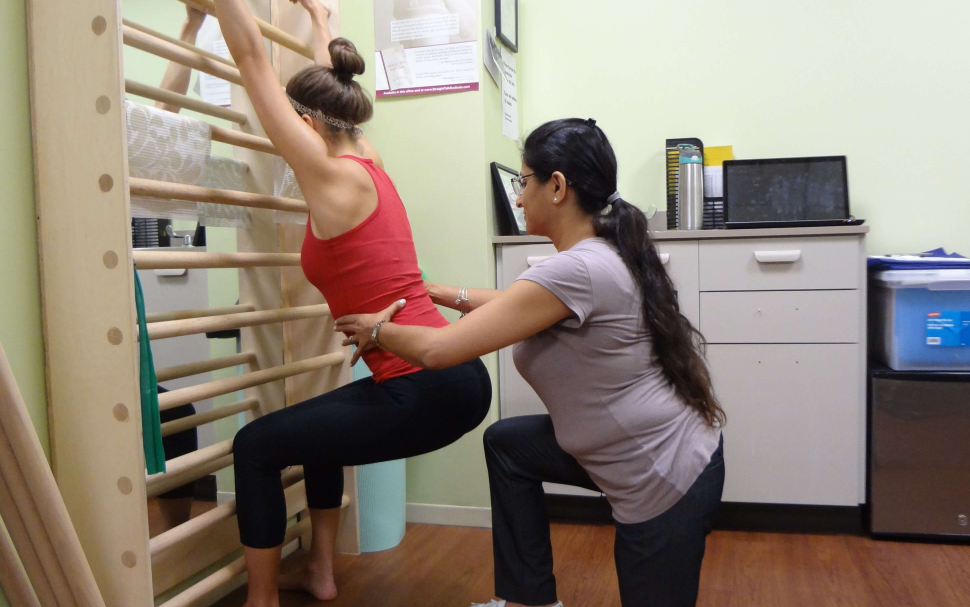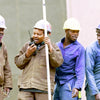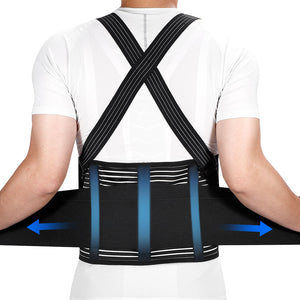Do Back Braces Help with Kyphosis

Mechanism of Action
The basic function of a includes the provision of physical support, allowing the spine to maintain or regain its normal physiological curvature. The principle behind any back brace involves the application of external pressure on the spine to limit abnormal curvatures and, in time, correct posture, hindering further deterioration.
Spinal treatment studies indicate that can actually lessen the degree of curvature of the spine. In one 2019 study, it was found that with six months of brace wear, the average reduction in spinal curvature for patients with mild kyphosis was 12 degrees.
Types and Suitability
There are several types of kyphosis, and different types respond to back braces with varying levels of reliance and efficiency in treatment:
-
Adolescent Kyphosis: It generally occurs due to poor posture or some problem in the development of the spinal column when teenagers start growing very fast. The most common nonsurgical mode of treatment in such a case is a back brace. The brace is quite effective in controlling the angle of curvature of the spine by hindering further aggravation of the deformity.
-
Degenerative Kyphosis: Kyphosis in older persons is usually brought about by degeneration of the spinal discs or osteoporosis. In contrast to adolescents, treatment for degenerative kyphosis focuses more on pain management and providing additional support. The use of a may, hence, offer stability to the spine in elderly patients with the added advantage of pain relief averaging about 30%.
-
Congenital Kyphosis: Usually due to congenital defects related to the development of the spine, this may need surgical correction. The use of a back brace in such patients is mainly for providing external support during the post-surgical recovery period to help the spine take up a normal shape progressively.
Wearing Requirements
The indications for wearing a back brace are largely dependent on the condition and age of the patient. It is mostly considered necessary for adolescent patients to wear a brace for 16 to 18 hours daily, in order that corrective effects may be maintained throughout growth and development. Strict adherence to the time worn largely guarantees the effectiveness of the brace, especially in the phase when bones are growing.
This may also lead to irritation if one wears the brace for a longer period, especially when day-to-day activities become restricted. Therefore, doctors recommend that patients regularly adjust the tightness of the brace and combine special physical training to strengthen muscles around the spine. Common supplementary practices include back stretches and core muscle-strengthening exercises. Through such exercises, patients will reduce dependency on the brace and help the muscles develop to support the spine for natural recovery.
Combining with Physical Therapy
It is very hard to correct kyphosis or any other spinal deformity by a back brace alone, and that is why bracing is usually combined with physical therapy. In the process of physical therapy, patients are given some exercises which strengthen muscles and improve the posture of the body. This kind of training enhances supportive strength around the spine, accelerates the process of recovery in the spine, enables the patients to keep the corrected posture for a long time, and prevents recurrence of curvature.
In physical therapy, treatment of degenerative kyphosis puts more emphasis on regaining spinal flexibility and strengthening the skeletal and muscular system. Regular moderate aerobic exercises and strength training, such as back stretches and lower back muscle strengthening, can not only enhance the spinal condition of the patient but also delay the worsening process of osteoporosis. If performed under guidance from a doctor, such exercises can usefully prolong the independent living capabilities of the patient and reduce reliance on the brace.
Limitations and Risks
First, long-term back brace for posture wear may cause muscle atrophy. If not balanced by sufficient exercise, the muscles of the back and core can weaken and thus increase the burden on the spine. It is necessary to combine the wearing of a back brace with regular exercise and physical therapy, and not to rely exclusively on the role of a back support.
This can also result in skin issues, especially when the brace is kept on for a long period of time. The areas where the skin touches the brace may develop pressure sores or reddening due to rubbing.
-
Posted in
Back pain causes, Back pain solutions, Brace, Joint















